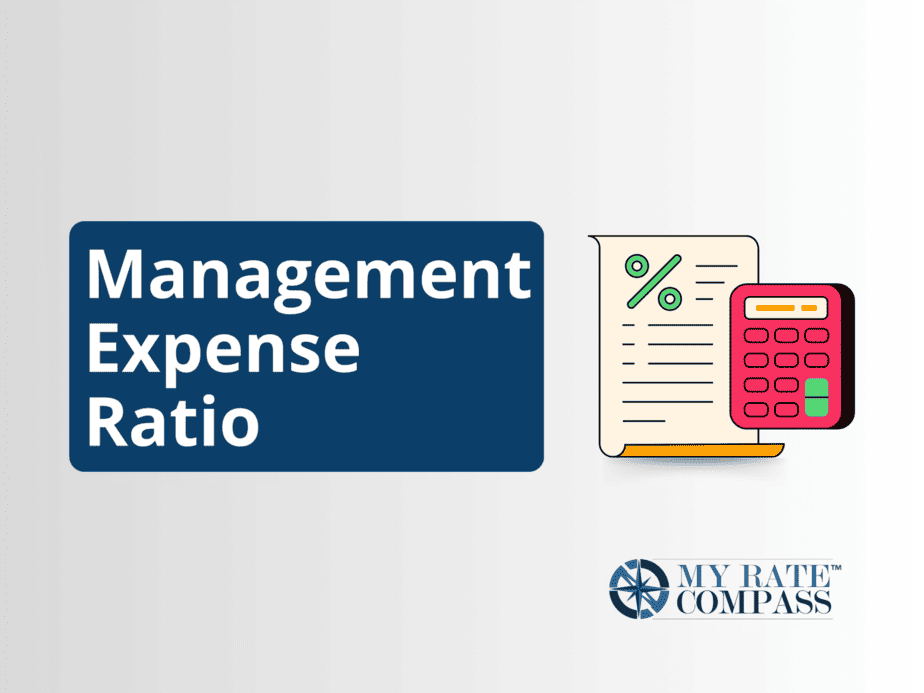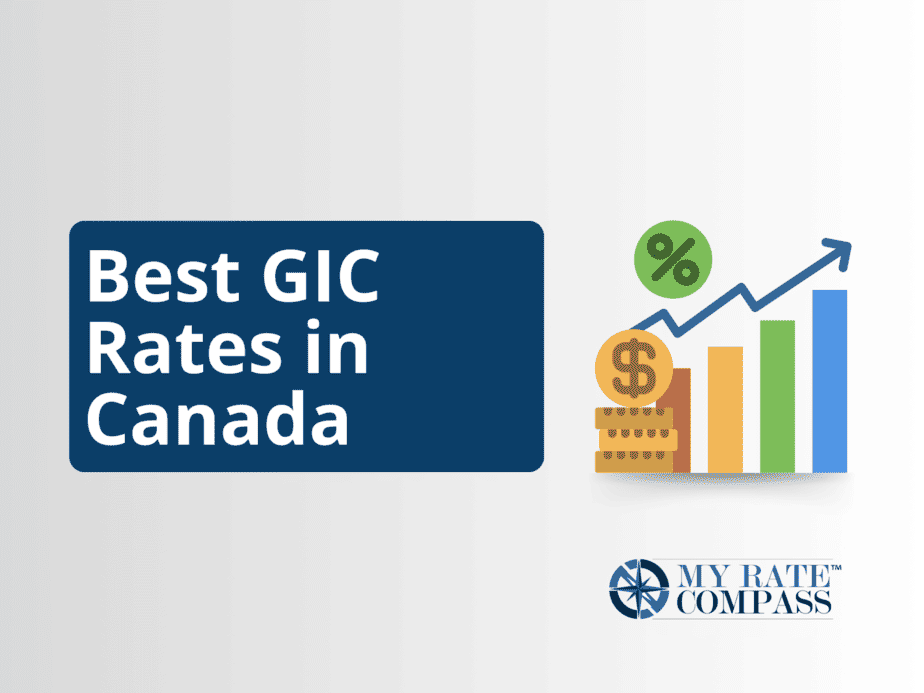Gold has been a valued asset for a millennium. It is rare and malleable and was often used in merchant and empire trading. While in the modern day it may seem like a treasure of fairy tales and pirate stories, gold is still a trading staple. To this day, the phrase “gold standard” is used to display when a product or service is the top of its class, as a comparison to the expensive and highly desired metal. Individuals in Canada may want to invest in gold as it tends to hold its value over time and continues to have trading significance in the modern world. There are some things to know about gold, including its history, stability, profits, and the different ways to invest in it.
History of Gold
In the 1970s, the United States and other countries around the world stopped relying on the gold standard monetary policy. This policy required governments to physically hold gold in their vaults equal to every dollar in circulation. In other words, every dollar was backed by an equivalent of gold.
Without gold backing the dollar, the price of gold was able to fluctuate independently on the private market. Gold prices experienced one major fluctuation upwards in the 1980’s then decreased and stabilized just below $400 per ounce until 2005. From 2005 onwards, gold began increasing steadily in value, reaching a high of $1,889.70 per ounce in 2011. It then dipped downward and remained constant until 2020 when it saw a sharp increase in price. While stock market prices went down in 2020 due to the COVID-19 pandemic, gold prices were on the rise.
Different Ways to Invest in Gold
In Canada, there are a few ways to invest in gold. Physically purchasing gold bullions, purchasing gold ETF’s, purchasing stock in companies that work with gold, and purchasing gold futures are all ways to invest in this asset.
Gold Bullion
A bullion is gold or silver bar with at least 99.9% purity. Bullion can also come in the form of coins. All bullion is sold based on weight. Anyone investing in gold is free to buy gold bullions and store it themselves.
The Royal Canadian Mint is one source to purchase gold coins from, one gram to one ounce in weight. These coins are highly decorated and have unique designs on them, often being more expensive for their “collector” value, they are not always the choice for strict gold investors. More commonly, gold investors will purchase gold bars or generic coins from any of the major Canadian banks, as they are the main bullion retailers in the country. Still the prices at banks will be inflated and other investors prefer to find other bullion dealers, or jewellers who sell bullion. Banks remain the safe and reliable choice and offer a range of different weights for their bullion. Banks will also offer storage options, which can provide individuals who do not want to store their gold at home more security. However, storing gold at a bank will cost individuals a fee.
Storing gold at home is always an option, just ensure a secure location for the valuable metal. When storing anything of such significant value, individuals will also want to inform their insurance companies to protect the precious metal if anything should happen.
Another convenient way to invest in gold is to purchase gold certificates. These certificates allow individuals to have ownership over a fixed weight of gold that they never take possession of. The selling company holds the gold and certifies it for the purchaser. In turn, the certificate can be sold just like gold bullion. Its price will increase with the market price of gold, and it eliminates the need for storing and transporting physical gold. Certificates can be purchased from Canada’s big banks.
Gold Stocks
Purchasing stock in companies that work with gold is an indirect method of investing in gold. Essentially, you are investing in the gold industry. There are two types of companies that rely heavily on gold prices: mining companies and royalty/streaming companies.
When buying stock in companies that mine directly for gold, this is an investment in a company that also mines for other minerals and has multiple streams of income. Investing in stock rather than physical gold allows investors to see more potential for growth. Companies can create demand for their stock by improving their performance in many areas, whereas gold itself is a fixed product with limited growth potential.
When buying stock in royalty and streaming companies, investors are purchasing stock in the financiers of mining companies. Royalty and streaming companies will give large amounts of money to new mining projects in exchange for royalties on anything the projects produce.
When purchasing stock, new investors should educate themselves on the market. Trends, company performance and the price of gold will affect the stock price of companies working with gold. While stock may be a diversified method to invest in gold, with a higher possible payout, stocks are highly volatile and can be unpredictable.
Two excellent options for online stock trading are Questrade and Wealthsimple Trade. Questrade has low-cost stock trades, while Wealthsimple Trade has no cost trades.
Gold ETFs (exchange-traded fund)
Gold exchange-traded funds (ETFs) are the simplest, most common, and best way to invest in gold. ETFs are securities which track the value of a commodity, index, sector, or other asset and can be purchased and sold on the stock market. It is a broad way to invest in gold on the stock market without the risk of purchasing for a particular company. Some gold ETFs will be backed directly by gold bullions in a vault, other gold ETFs will be an investment in a collection of companies working with gold, and some gold ETFs will be for gold futures.
While gold ETFs require new investors to educate themselves on the ETFs they invest in, ETFs offer more security as they are diversified, or asset backed investments. Individuals can purchase ETFs for free on both Questrade and Wealthsimple Trade.
Gold Futures and ETFs
Gold futures are the most complicated and risky way to invest in gold. Future trades are contracts traded on the stock market for projected growth. Buyers will agree to buy a certain amount of product at an agreed price on a future date. Futures allow investors to have more financial leverage as they do not front cash and take long or short positions to earn themselves money. This method of investing in gold poses the highest risk and requires the most technical know-how on the market. Keep in mind that futures are challenging to understand and aren’t always the right option for new investors. While it may pique your interest, there are gold ETF futures investment options too. These ETF options would be much more suited to a new investor as they learn more on futures and the market.
Risk and Rewards
Gold is an asset which means that it has the capacity to appreciate over time. It is considered more stable than most stocks but experiences significantly less growth over time. Many stocks will offer dividends and investor payouts because they actively earn money. Gold on the other hand is a fixed asset, which does not produce added value overtime. Gold does seemingly offer stability in times of crisis, as we saw in 2020. Stock markets fell 30% in value while gold was able to rise 15% in value in the same year. Essentially, investing in gold has risks like any other investment.
The best and most stable investment option would be to include a diversified portfolio of investments. Stocks, commodities, gold, and various ETFs. This way, a portfolio can face the tough economic times and poorly performing investments will be balanced by the more stable or well performing investments. If you have the funds available there is no time like the present to create a diversified investment portfolio, which includes some gold.
Consider all investment styles, when deciding on how to invest in gold. Physical gold may have some appeal, as physical ownership for this asset may be desired. Consider your assets’ storage and safety cost. Gold bullion and certificates can be lost, damaged, or stolen which may ruin your investment immediately.
Gold ETFs offer the most diverse, safe, and accessible way to invest in gold. With ETFs, you can invest in asset-based gold bullion holding companies, mining companies, and even gold futures. ETFs offer reduced risk for new investors and can be a safe introduction into gold and stock prices in relation to gold. When investing in individual stock instead of ETFs, always try to stay with reliable companies with proven track records. Smaller and newer companies will pose a higher risk to investments.
Is Investing in Gold a Good Choice?
Gold undoubtedly has significant agreed upon value in our world. It has proven itself to be the foundation of trading many times, creating stability in unstable markets. In this article, we explored gold as the “stable” alternative to stocks, it must be stated that gold is still an asset which experiences volatility. Even gold can be unpredictable. Always do your research before investing and always consider a diversified portfolio for peace of mind and financial security.




